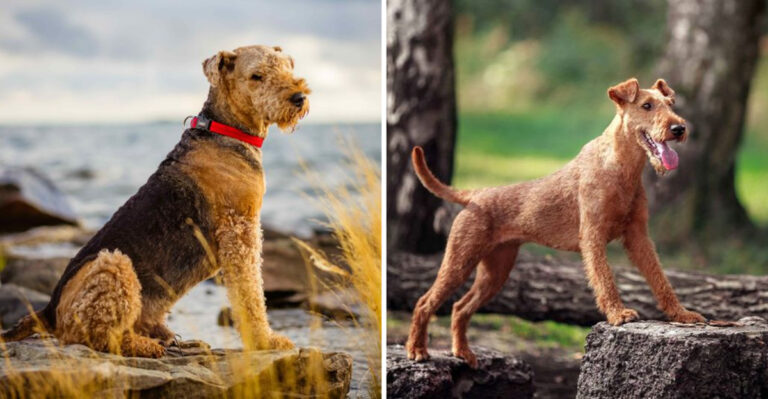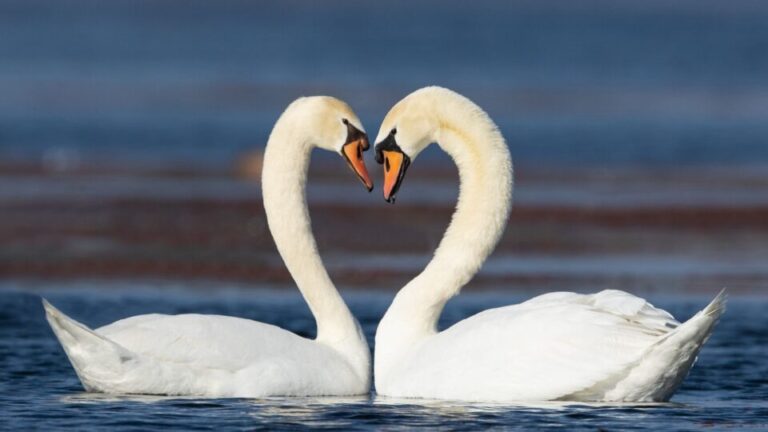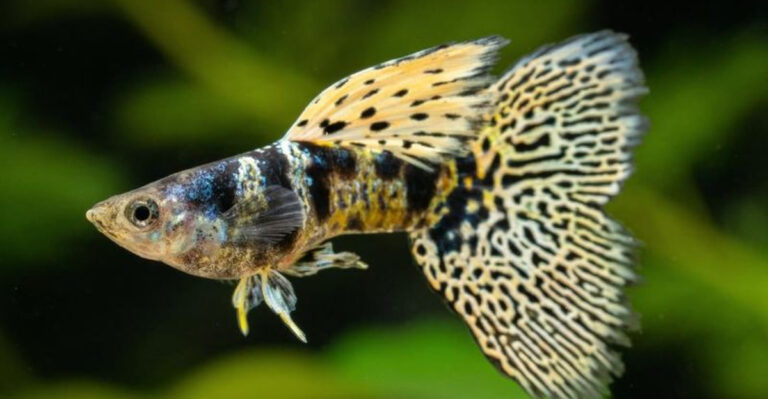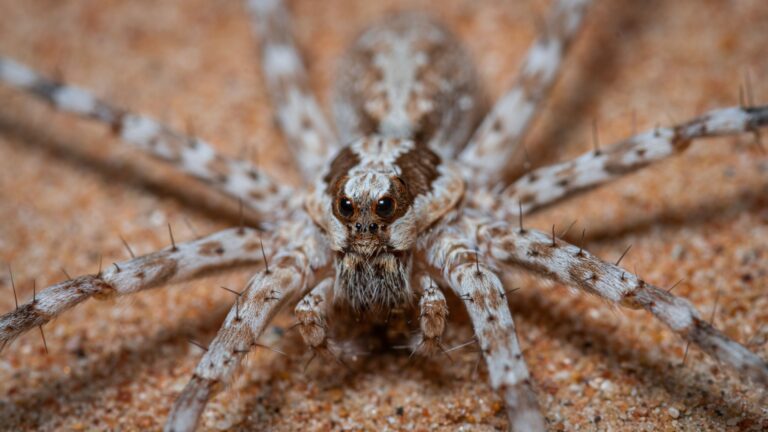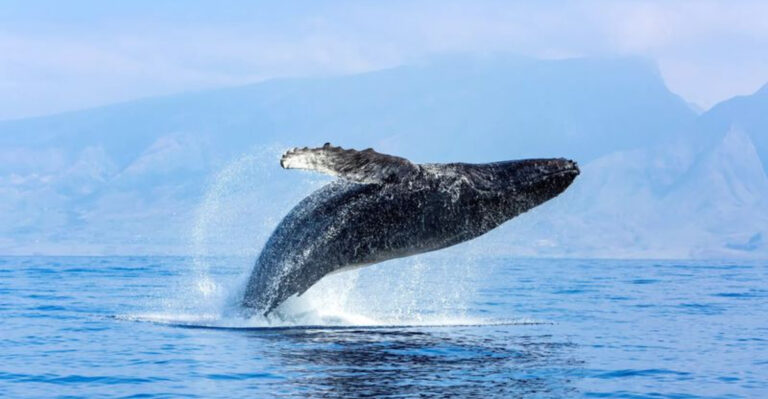15 Animals That Have Targeted Humans And Still Haven’t Entirely Stopped
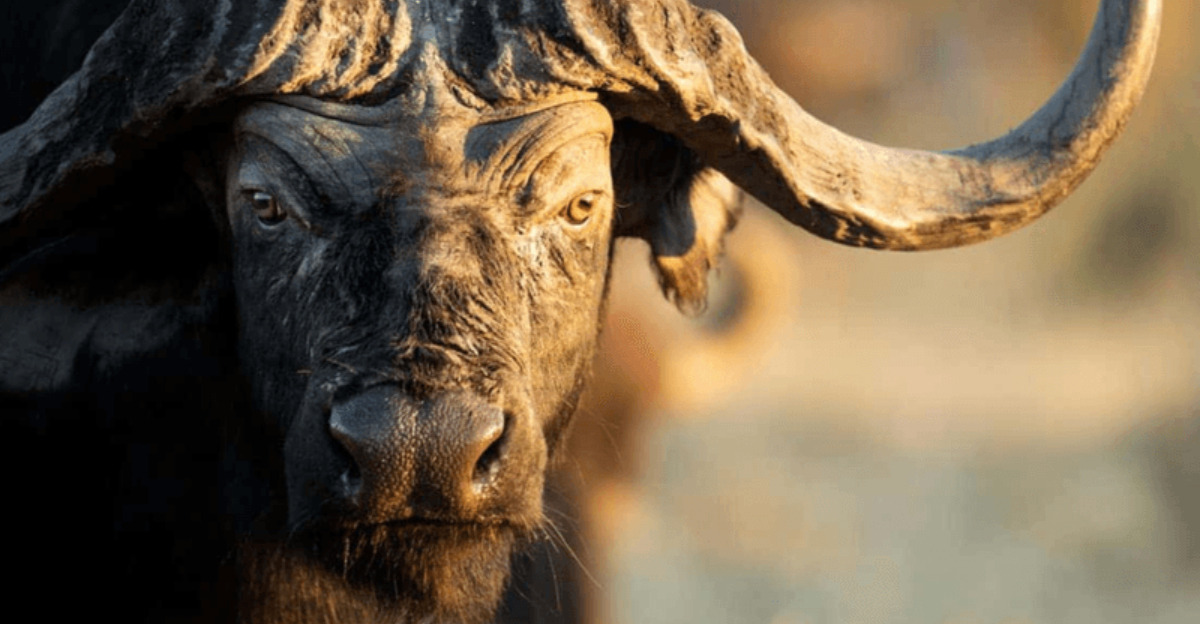
Humans like to believe we’re at the top of the food chain – but nature has a long memory. Throughout history, certain animals have evolved to see us not just as threats, but sometimes as prey.
While most have shifted away from hunting humans, a few haven’t entirely given up the habit. From stealthy predators in the wild to surprising attackers in unexpected places, these creatures serve as a chilling reminder: we’re not always off the menu.
1. Hippos Of Africa: The Unexpected Aggressors
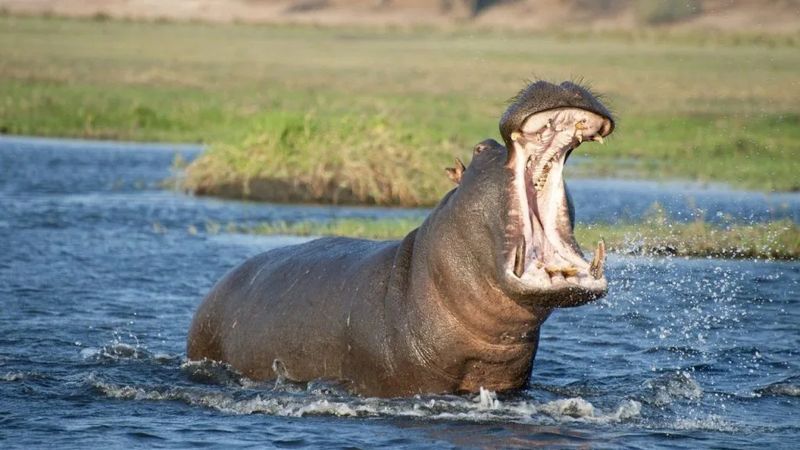
Did you know? Despite their appearance, hippos are among Africa’s most dangerous animals. Inhabitants along African rivers often recount tales of hippos capsizing boats with a single powerful charge. These semi-aquatic giants, weighing up to 3,000 kg, are known for their territorial behavior.
They fiercely defend their river territories, especially during the dry season when water becomes scarce. Hippos’ unpredictability is well documented, and their interactions with humans can be lethal.
2. Man-Eating Tigers Of The Sundarbans
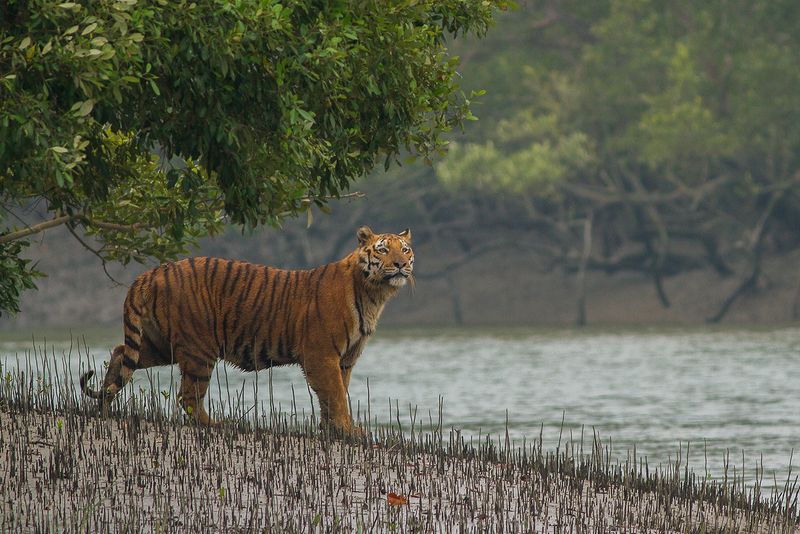
Unlike most tigers that avoid humans, Sundarbans tigers actively seek people as prey. Living in the mangrove forests between India and Bangladesh, these big cats have developed a taste for human flesh over generations.
Scientists believe the high salt content in their environment affects their behavior, making them more aggressive toward humans. Each year, dozens of villagers and honey collectors fall victim to these calculated hunters.
3. Nile Crocodiles With Human Preferences
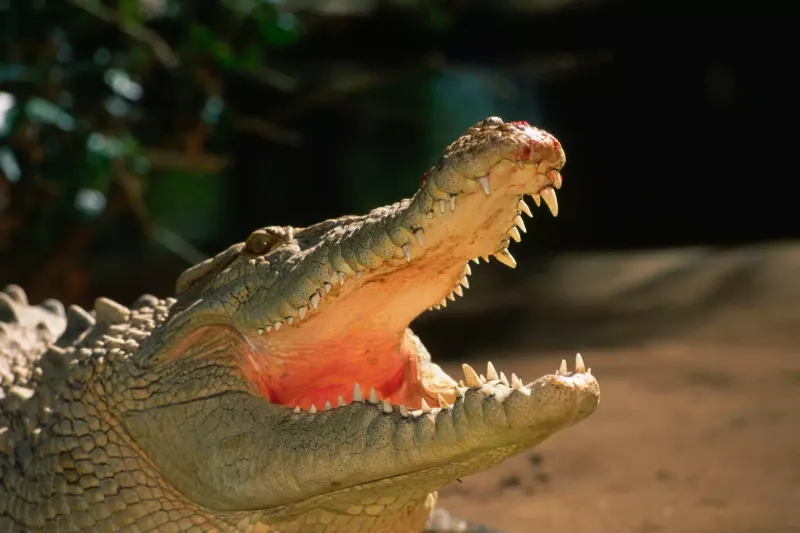
Some Nile crocodiles have earned reputations as serial human killers. These massive reptiles can reach 20 feet long and weigh over 1,600 pounds.
They patiently wait at river crossings where humans gather. Once a crocodile successfully hunts a human, it often continues targeting people rather than traditional prey. Certain individuals have been documented killing over 300 people in their lifetime, developing specialized hunting techniques specifically for humans.
4. Tsavo Lions: The Ghost Man-Eaters
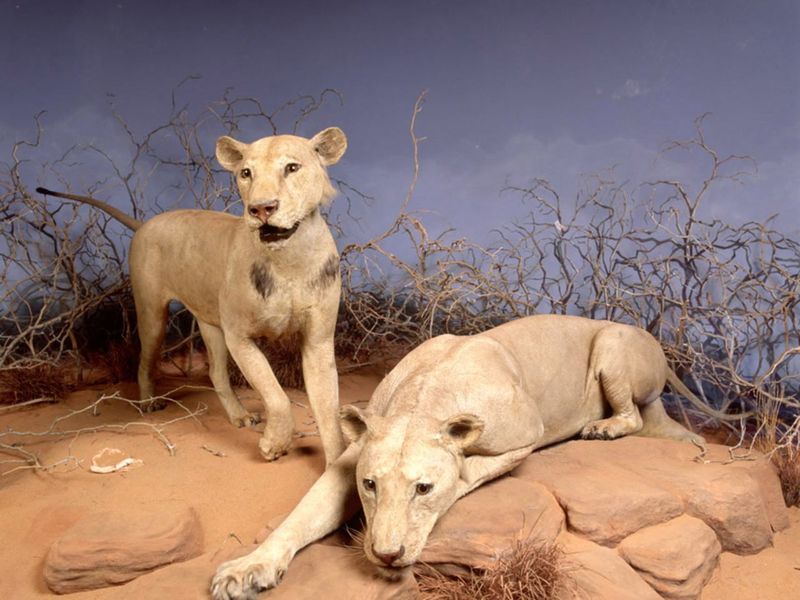
In 1898, two male lions terrorized workers building the Kenya-Uganda railway, killing 135 people. Unlike normal lions, these maneless predators hunted humans systematically, dragging victims from tents at night.
Modern research suggests dental disease made soft human prey easier to consume than traditional game. The lions’ descendants still show unusual interest in humans. Their pale coloration earned them the nickname “ghost lions” among locals who believe they possess supernatural hunting abilities.
5. Gustave: The Monster Crocodile Of Burundi
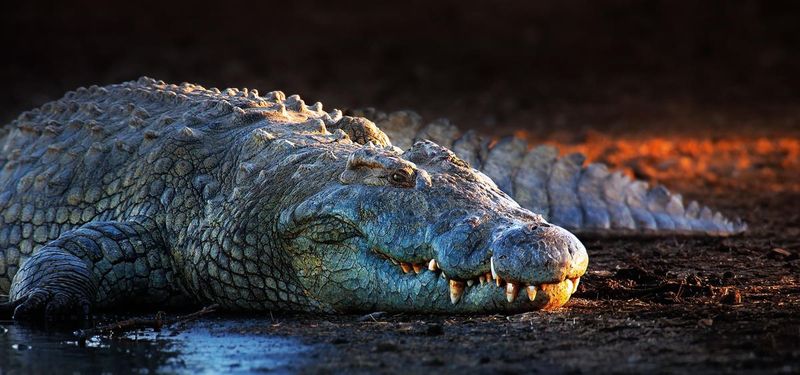
This legendary Nile crocodile has achieved almost mythical status for his preference for human flesh. Estimated to be over 60 years old and 20 feet long, Gustave has reportedly killed more than 300 people along Burundi’s Ruzizi River.
What makes Gustave unique is his deliberate targeting of humans over easier prey. Despite numerous attempts to capture him, he remains at large. Scars from bullets and machetes show he’s survived multiple human encounters, making him increasingly wary and effective.
6. Leopards Of Rudraprayag And Panar
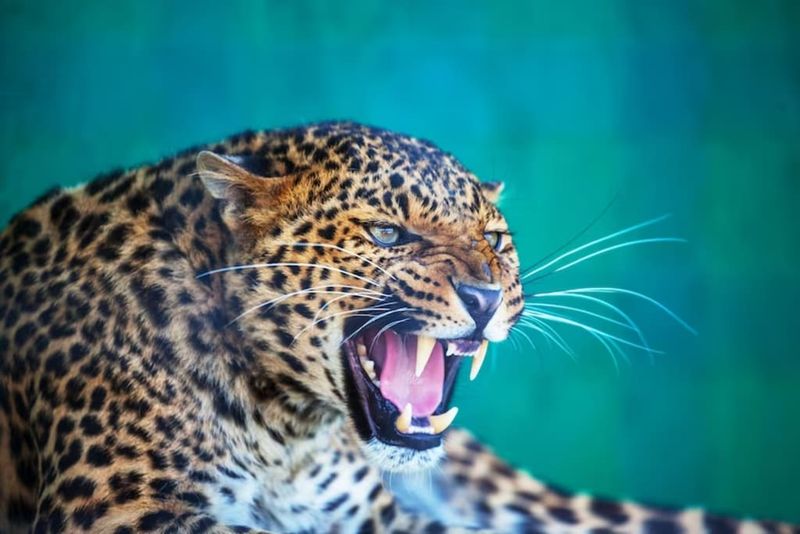
India’s most infamous leopards developed specialized techniques for hunting humans. The Leopard of Rudraprayag killed over 125 people before being shot in 1926. His contemporary, the Panar Leopard, claimed over 400 lives.
These cats learned to remove sleeping humans from homes by manipulating doors and windows. Both leopards ignored easier animal prey, suggesting they evolved specific preferences for human flesh. Modern leopards in the same regions still occasionally exhibit similar behavior patterns.
7. Bull Sharks: The Stealth Hunters
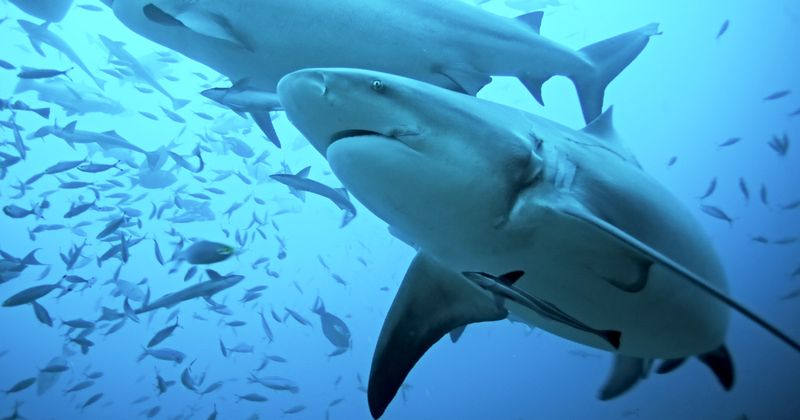
Bull sharks have uniquely evolved to hunt in freshwater environments where humans don’t expect shark attacks. Their ability to regulate salt levels in their bodies allows them to swim miles upriver, surprising unsuspecting swimmers.
Their aggressive temperament and inability to distinguish humans from prey make them particularly dangerous. Some populations in certain rivers have developed hunting patterns specifically targeting human activities like washing or swimming, striking from below with devastating force.
8. Polar Bears: Arctic Human Trackers
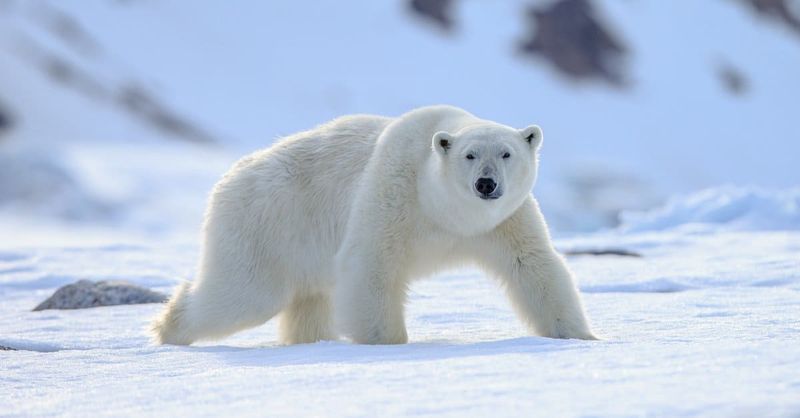
As climate change reduces their traditional hunting grounds, polar bears increasingly view humans as viable food sources. These massive predators can smell humans from miles away and will actively stalk them across the ice.
Unlike most predators that avoid human settlements, hungry polar bears will deliberately enter towns searching for people. Their intelligence allows them to learn from successful human hunts, with some bears in northern communities becoming specialized in targeting human habitations.
9. Komodo Dragons: The Patient Poisoners
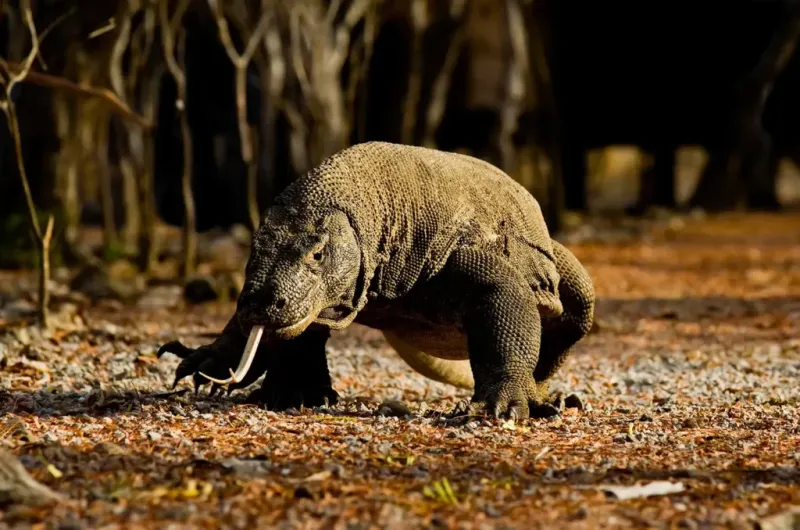
These massive lizards have developed a hunting strategy perfectly suited for human prey. Rather than immediate attacks, they deliver a venomous bite and then track their victims for days until they succumb.
Indigenous people of Indonesia’s islands have evolved alongside these predators for thousands of years. Komodo dragons have learned to associate human settlements with easy meals, lying in ambush along paths. Their intelligence allows them to remember specific humans and target the vulnerable.
10. Great White Sharks With Acquired Tastes
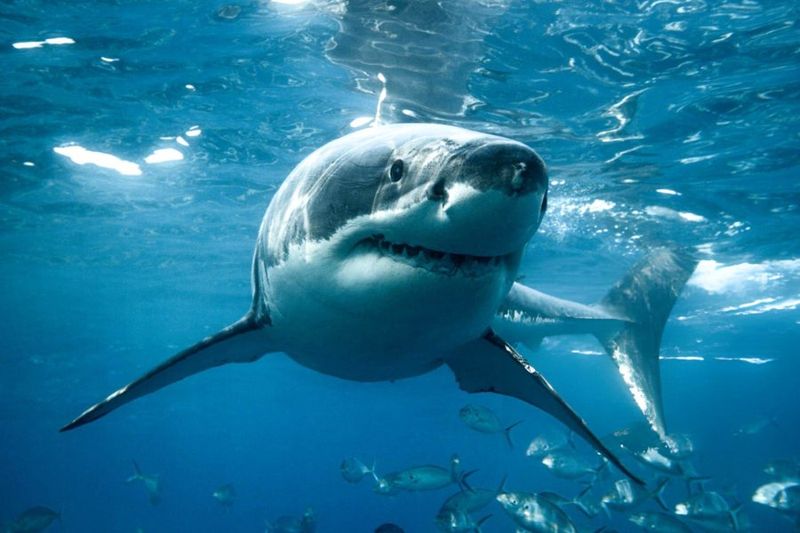
Certain great white sharks have developed specialized hunting behaviors around popular beaches. Unlike random attacks, these sharks patrol the same areas repeatedly, learning human swimming patterns. Research shows some individuals develop preferences for human flesh after initial encounters.
Their hunting technique evolves to target humans specifically – approaching from deep water during peak swimming hours. The infamous sharks responsible for the 1916 New Jersey attacks and Australia’s “Shark Arm Murder” demonstrated this specialized behavior.
11. Black Bears Of North America
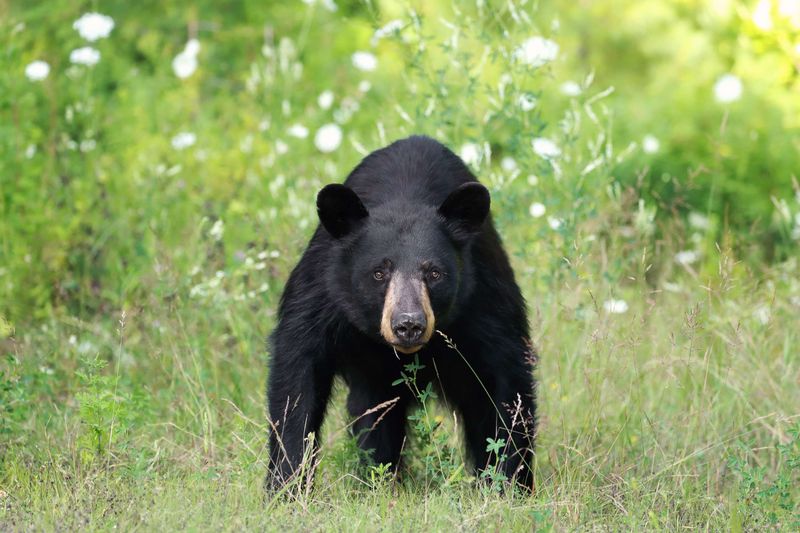
While most black bears avoid humans, certain individuals develop predatory behaviors specifically targeting people. These bears don’t attack out of defense but stalk humans as food sources, often following hikers for miles before attacking.
Wildlife biologists have identified increasing cases of predatory black bear attacks where bears bypass easier food sources to target humans. This behavioral adaptation is most common in remote areas where bears have limited exposure to humans and don’t learn to fear them.
12. Saltwater Crocodiles Of Australia
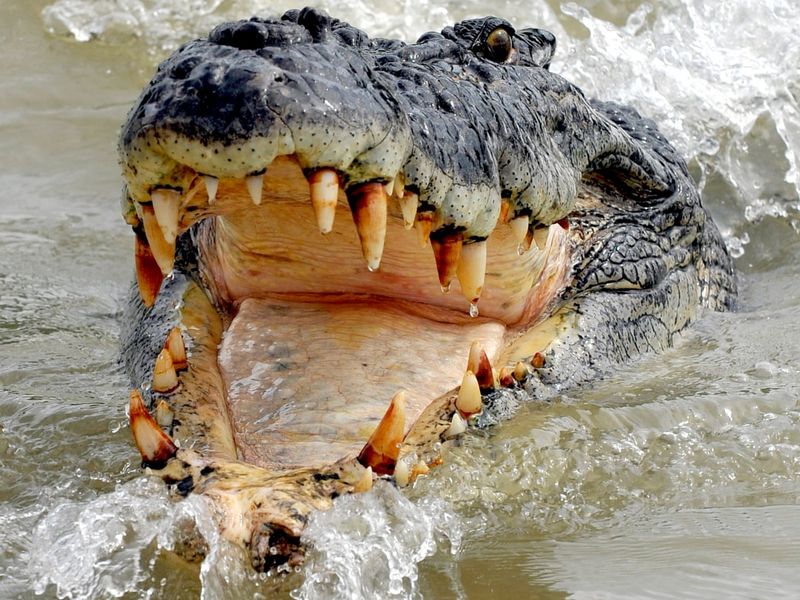
Australia’s “salties” have developed specific techniques for hunting humans in their territories. These massive reptiles, reaching over 20 feet long, memorize human patterns along waterways and beaches.
They’ve learned to target recurring human behaviors like fishing spots or river crossings. Some crocodiles have been documented waiting at the same locations for weeks, specifically for human prey. Their intelligence allows them to recognize boat sounds and associate them with potential meals.
13. Wolves Of Kirov: The Human Specialists
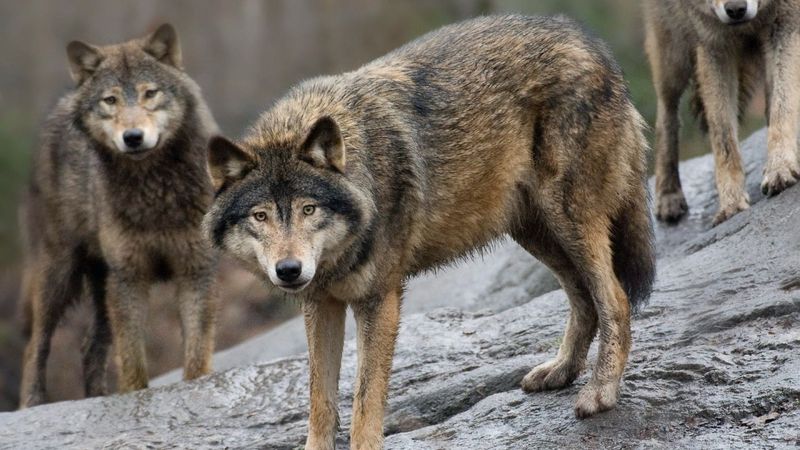
During 1944-1954 in Russia’s Kirov region, a wolf pack developed specialized techniques for hunting children. Unlike typical wolf behavior, this pack targeted humans exclusively, killing dozens of villagers.
The pack learned to lure children by having younger wolves approach them playfully before the adults attacked.
This behavioral adaptation spread through the pack as a successful hunting strategy. Modern Russian wolves rarely attack humans, but isolated packs occasionally redevelop this specialized hunting behavior.
14. Humboldt Squid: The Red Devils
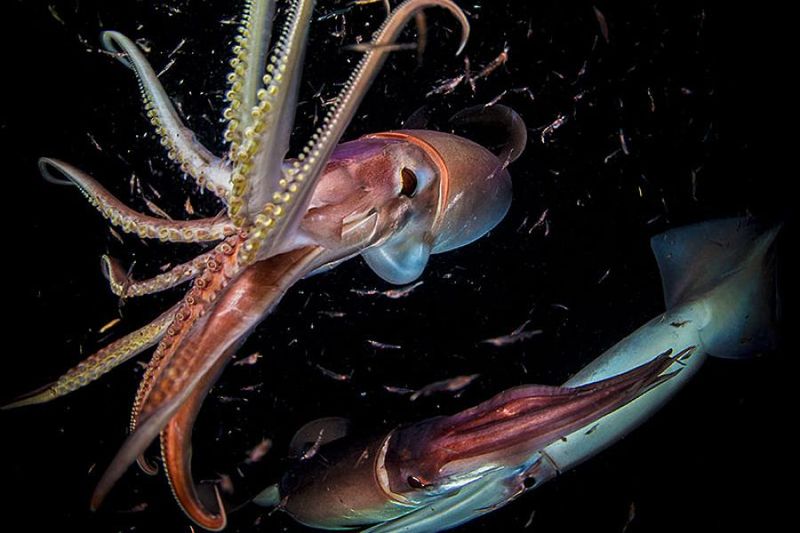
These massive oceanic predators have earned the nickname “red devils” for their aggressive hunting behavior toward humans. Growing up to 6 feet long, they hunt in coordinated packs of hundreds, communicating through color changes.
Divers report these squid actively testing them for vulnerability, pulling at equipment and masks. Their intelligence allows them to learn from interactions with humans.
Some marine biologists believe certain Humboldt squid groups have developed specialized techniques for attacking human divers after successful encounters.
15. Cape Buffalo: The Black Lethality
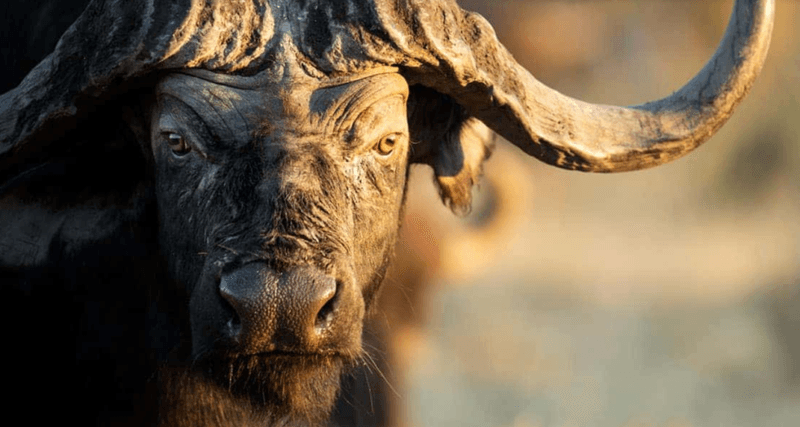
The Cape buffalo, often dubbed “The Black Death,” is a force to reckon with. Known for their unpredictable nature, these formidable beasts weigh up to 900 kg and roam in large herds across the African savannah. When threatened, they display remarkable bravery and can charge with astonishing speed.
Farmers and villagers often find themselves in close quarters with these creatures, leading to dangerous confrontations. Their reputation for unpredictability has cemented their place in the annals of Africa’s most feared wildlife.


